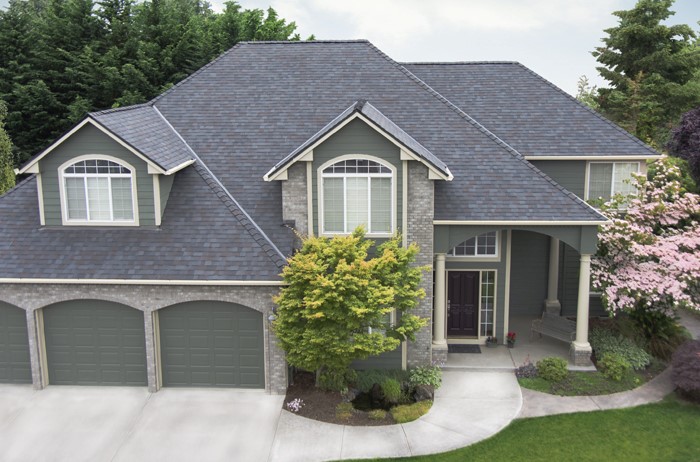Article Courtesy of Understand Building Construction
“the slope of the roof is a clear indicator of how hi-tech the roof is. A very low slope will mean a hi-tech roof, and a high slope a low-tech roof.”
To understand this principle, let us start with one of the most low-tech roofing systems: a thatch roof. Thatch roofs in most countries will have a slope of 45 degrees or so. This is because they are not very watertight. However, they are rather thick, most often 400mm (16″) or so. So the high slope forces the water to run off before it penetrates through the thickness of the thatch, a low-tech solution.
On the other hand, a state of the art system such as low-slope “kliplock” corrugated metal sheeting can be installed at slopes of 1 degree or less, as it is perfectly watertight.
Take a look at the image below, which shows the correct slopes for a range of roofing systems, to understand this in greater detail.
- wind loads, which can be very large in some areas
- human loads (if the roof is not accessible, it must be able to withstand the weight of maintenance workers)
- snow loads
- earthquake
For a number of reasons, the image of a building with a sloped roof has very strong roots in the human psyche – you will even find this on your browser, to denote a “home” page.





